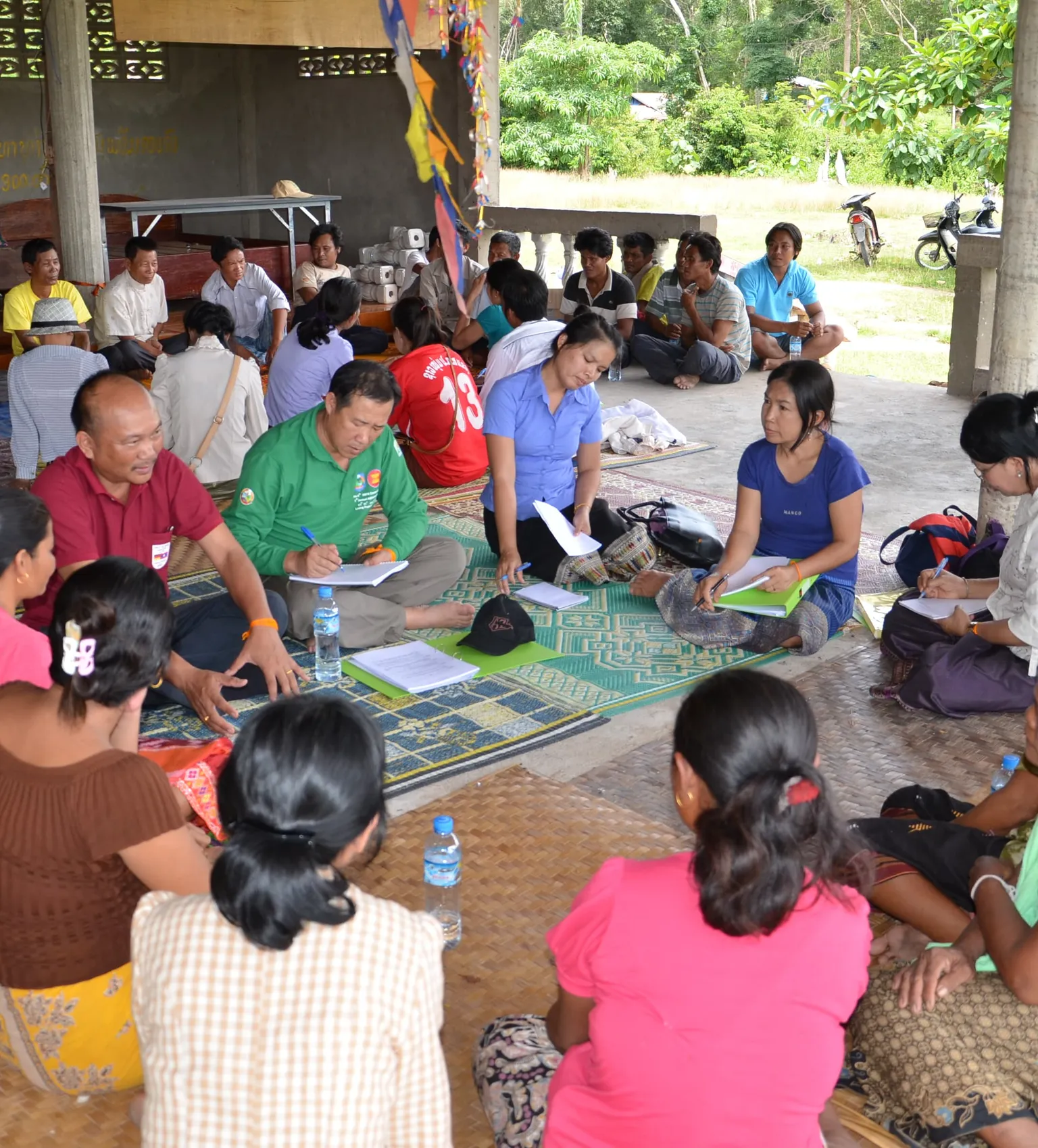Lowering Emissions in Asia’s Forests (LEAF)
Lao PDR,Vietnam,
concluded

Rapid economic development and growing populations are putting ever-increasing pressures on forest resources. The main drivers of deforestation and forest degradation are logging, infrastructure and agriculture. Between 1990 and 2010 the total forest area
Rapid economic development and growing populations are putting ever-increasing pressures on forest resources. The main drivers of deforestation and forest degradation are logging, infrastructure and agriculture. Between 1990 and 2010 the total forest area in Lam Dong in Vietnam was reduced from 700,363 ha to 565,317 ha and a total of 57 million tonnes of CO2 were emitted from deforestation and forest degradation. The ‘Lowering Emissions in Asia’s Forests’- project aimed to strengthen the capacity of target countries to achieve meaningful and sustained reductions in GHG emissions from the forestry-land use sector while assisting them in benefiting from the emerging international REDD+ framework.
The LEAF programme, funded by USAID and implemented between January 2011 and December 2015, focused on achieving meaningful and sustainable reductions in greenhouse gas (GHG) emissions from the forest-land use sector across six target countries: Thailand, Laos, Vietnam, Cambodia, Malaysia and Papua New Guinea. The programme employed a regional approach to promote best practices, build technical capacity, facilitate regional platforms for information sharing, and develop scientifically-based forest monitoring systems.
For sustained and meaningful emission reductions to be made in the forest and land use sectors across Asia, the capacity of stakeholders from the community right up to the national level, must be strengthened and actions across these levels linked. SNV implemented activities in Lao PDR and Vietnam and provided technical assistance to the other pilot countries. USAID LEAF’s field work was complemented by strong policy support, exploration of the role of the private sector in low emission development and guidance to government at all levels. The programme’s training component and curricula development also strengthened the technical capacity of a broad range of stakeholders in basic climate change awareness and understanding, carbon accounting, social and environmental safeguards and low emission land use planning.
After five years of implementation the project achieved the following results:
More than 8 million tons of GHG emissions from the forestry-land use reduced or sequestered;
Over 1.2 million hectares of land under improved natural resource management;
The livelihoods of over 700 households improved through climate mitigation actions;
17 decision makers have increased capacity to act as leaders for gender equality and women’s empowerment in climate change.






